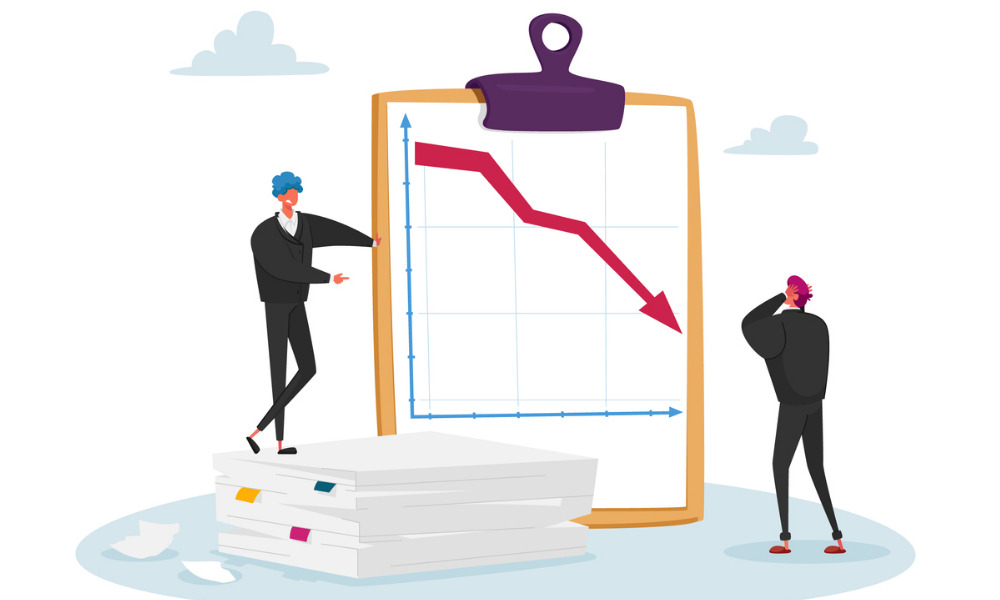Multiple strong links influence the trajectories of the two major North American economies

Currently, there’s no evidence that Canada is facing a greater economic shock ahead compared to the United States, according to CIBC Capital Markets.
“Looking at outright recessions, there’s no clear pattern for either country to be hit harder, despite Canada long having been more resource-oriented, and, in recent decades, having a household sector that carries more debt that is subject to refinancing risks,” CICB said in a new analysis.
Canada’s total consumer debt grew by 8.2% annually in the second quarter to reach $2.32 trillion, according to Equifax Canada. A surge in new lending, coupled with greater inflation-impelled spending, pushed non-mortgage debt up by 5.2% year over year, reaching $591.4 billion and a per capita debt load of $21,128.
Read more: Housing slump sinks consumer confidence in Canada
While Canada fared worse in downturns in 1990-91 and 1981-82, and
the US fared worse in 2001, 1980, 1973-75, and 1969-70, “what’s clear from the historical record is that major divergences are rare,” CIBC said.
“That reflects Canada’s status as a small open economy, in which US demand plays a major role in driving results for its most cyclically sensitive industries,” the analysis explained. “It also captures the fact that international shocks that hit the US, including most recently the pandemic, hit Canada at the same time.”
However, two features of the Canadian economy add unique risks: “the greater debt/income ratio in its household sector; and, in contrast to the US, existing mortgages are typically locked in for no more than five years, and therefore get hit by higher rates on renewals,” CIBC warned.
“Historically, Canadian and US overnight rates have been highly correlated, a consequence of the strong correlation between the two countries’ business cycles,” CIBC concluded. “Both the US and Canada are destined for at least a two-year period of weak growth, or a shorter outright recession, as monetary tightening takes aim at inflation.”



